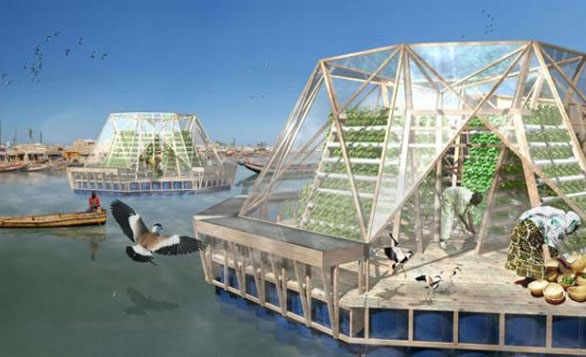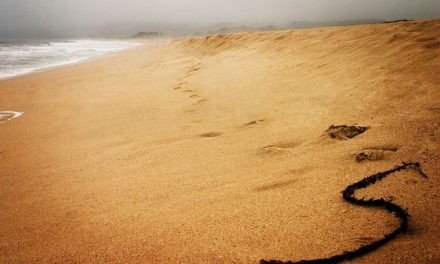As the global population surges to almost 10 billion in the next four decades, we’ll have to grow as much as 70% more food at the same time that many places are running out of both arable land and water.
A new greenhouse is designed to help feed the most overcrowded cities. Instead of taking up space on land, the Jellyfish Barge floats in bays or rivers. And instead of using valuable freshwater, it filters the polluted water it’s sitting on. The whole system uses no external energy and no soil.
Because the greenhouse uses a hydroponic system, which takes 70% less water than regular agriculture, only a small water supply is necessary. A solar distillation system sucks damp air into the floating drums below the greenhouse, where the moisture condenses into distilled water. As much as 150 liters of water can be collected in a single day, and then it is mixed with a small amount of seawater if needed. Highly polluted water goes through a second step of filtration.
The barge is designed to feed about two families, but it can easily expand. The greenhouses are designed to connect to one another with square floating bases, which can serve as meeting places or markets in the formation of a small water community.










